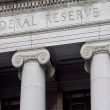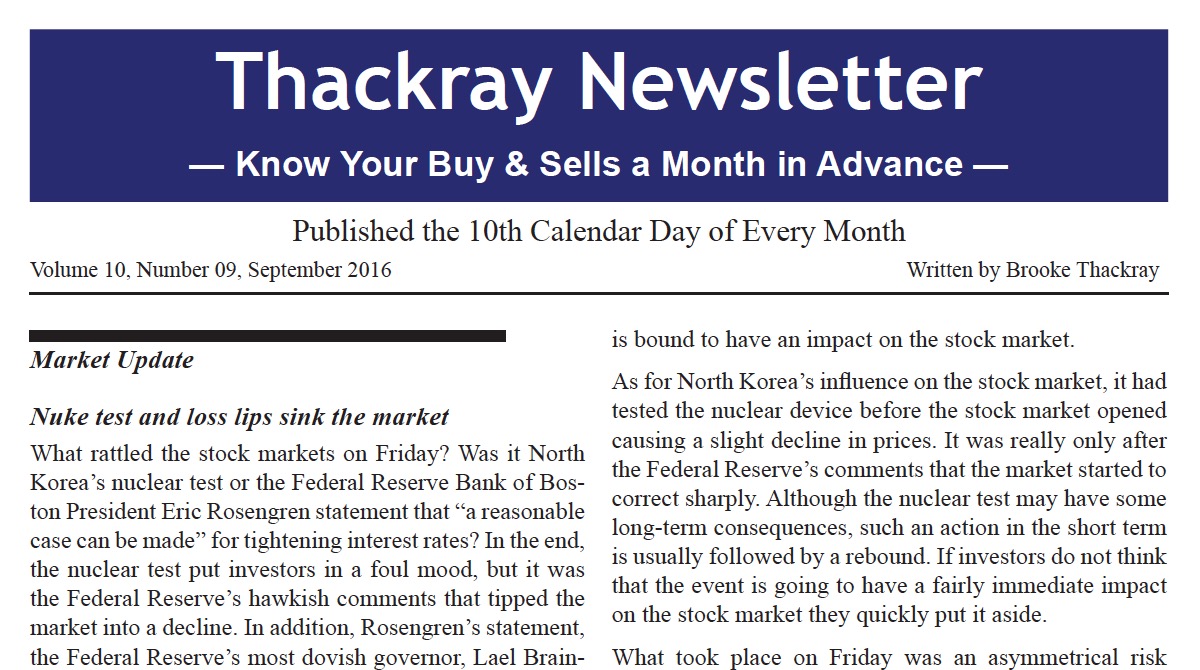by Brian Jacobsen, CFA, CFP, Wells Fargo Asset Management
There are a lot of stories about why the market sold off on Friday. Maybe it was hiking hysterics triggered by the prospect of the Federal Reserve hiking despite some unfavorable economic data (the Institute of Supply Management’s manufacturing index dipped below 50 and the service sector’s growth slowed). Maybe North Korea’s fifth nuclear weapon test was a contributing factor to the sell-off. Or, maybe it was a technical move triggered in response to Treasury yields’ big increases from the day before.
Many people will pick the story that best fits their bias. The fact is, whatever triggered the declines, Friday was a rare event.
The problem with rare events is that they’re very noticeable. We are prone to think that every rare event has some sort of meaning behind it. The rare long run of low volatility in the S&P 500 Index came to an abrupt end on Friday, alongside another rare event: Stocks, bonds, and gold all fell. There was nowhere to hide, except in cash.
Having to mark your portfolio to market every day can raise your blood pressure 45% of the time. That percentage represents the number of days since December 30, 1988, on which we’ve had down days in the S&P 500 Index. The up days have more than made up for those down days, though. More interestingly, only 9.5% of the time have stock prices, bond prices, and gold prices all gone down the same day since the aforementioned date.
What happens after this trifecta of negativity? Sure, I could tell you that the S&P 500 Index’s average 20-day return after these rare events is 0.8% (while it’s only 0.6% when you don’t have these down days). But there’s so much variability around those averages that they are statistically indistinguishable.
What is more interesting—and perhaps meaningful—is that Friday’s market move seemed like an extinction burst. If you’ve experienced the frustration of waiting for an elevator, you might suddenly frantically push the button in hope of summoning the elevator. It’s a fruitless action, but for some reason it makes you feel a little better before you resign to just waiting. That’s an extinction burst. The fact that 93.6% of all New York Stock Exchange (NYSE) Composite stocks declined gives the appearance of an extinction burst. It’s the type of market move that looks like a surrender, not a market struggling to find direction. Going back to 1928, only 0.15% of all trading days have been days where more than 90% of NYSE Composite stocks fell. Most of these were associated with market bottoms, not moves from market tops.
When so many stocks are down, the market tends to have a big drop; they don’t all drop just a little. However, looking out five days, a month, or even a year, these broad moves lower have—on average—proven to set the stage for bigger moves higher, not lower.
It’s always hard to tell a dip from a drop, especially when you’re in the midst of the moves. But I think Friday’s broad move lower was more a dip than a drop. I’d carefully monitor some technical indicators and fundamentals.
On the technical side, I’d consider sitting out the dance if the S&P 500 Index breaks below 2,060. On the fundamental side, consensus estimates for S&P 500 Index earnings over the next 12 months declined a bit (0.1%). If that deteriorates more, I’d consider a more defensive posture. From a cross-asset-class perspective, credit spreads (the difference in yields on high-yield bonds and Treasuries) have not blown out, so I view that as a positive. The odds tend to suggest that the market moves on Friday were a buying opportunity rather than a time to sell.
It might feel like there is nowhere to hide. In the short term, maybe there really aren’t many places. When it feels like there is nowhere to hide, just remember that it happens and that’s why you have a plan. It’s important to invest for the long term and make sure you have a cash management plan to help you make it through to the long term.
Copyright © Wells Fargo Asset Management
















